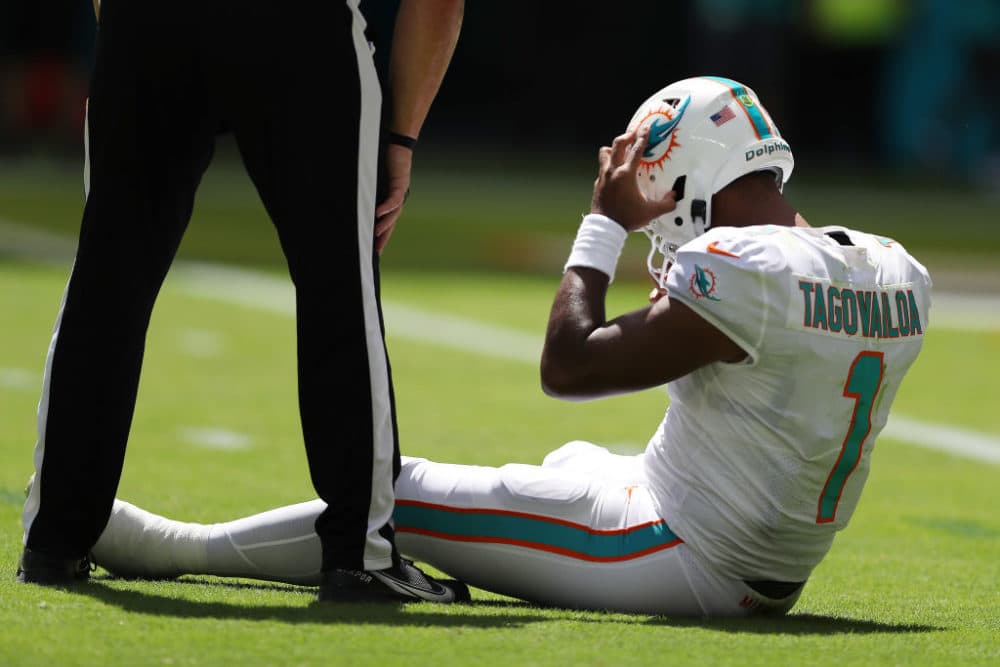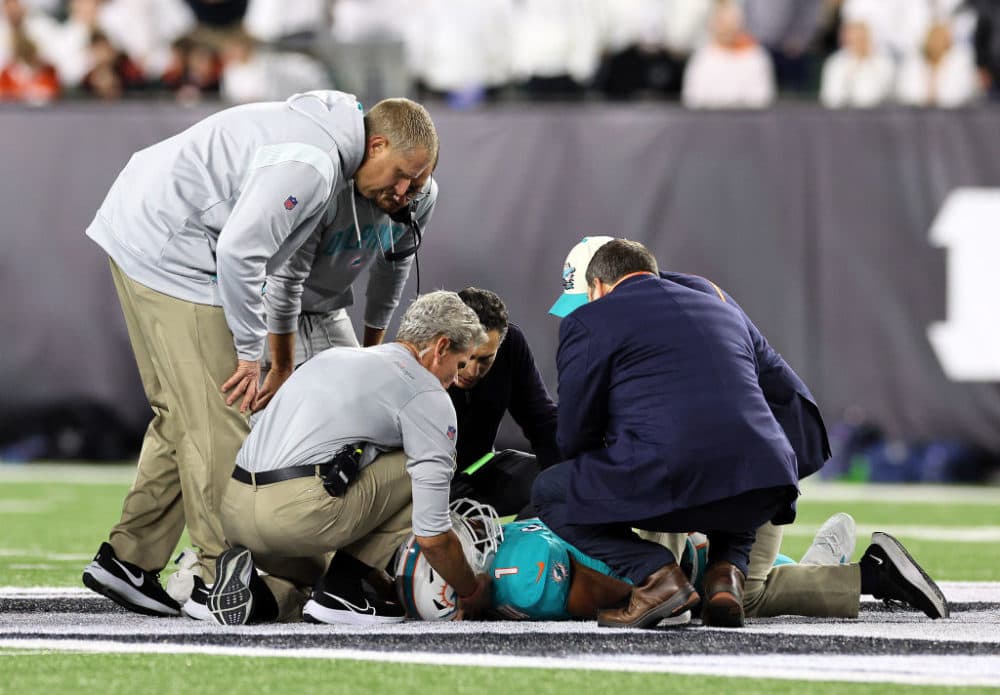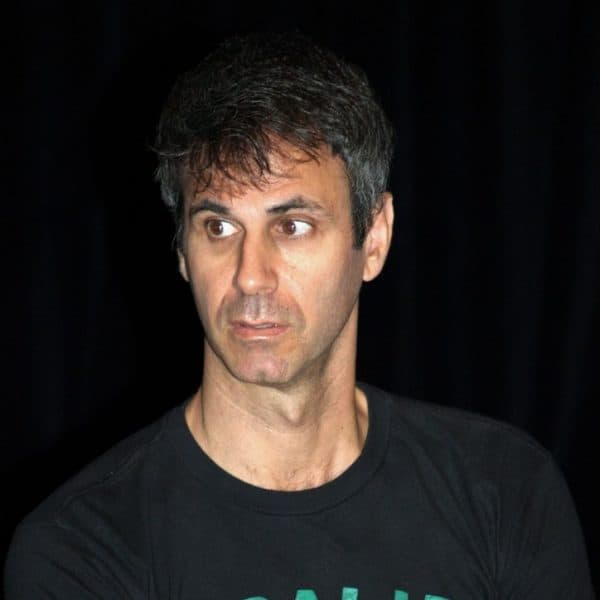Advertisement
Commentary
Love football? Tua Tagovailoa reminds us all — it's more than a game

On Sunday, September 25, Miami Dolphin’s quarterback Tua Tagovailoa was shoved down after releasing a pass. His neck snapped back and his helmet whiplashed into the ground. As he rose and attempted to jog upfield, the 24-year-old wobbled and collapsed.
“Oh my goodness,” the commentator, Kevin Harlan exclaimed. “That’s an awful, awful sight to see.”
You don’t need to be a neurologist to conclude that Tagovailoa had suffered a brain injury, most likely a severe concussion. But the third-year player— no doubt desperate to keep the starting role he had finally earned — insisted he was OK. He played the rest of the game.
As scheduling would have it, Tagovailoa was back on the field five days later. Once again, he was tackled and pounded into the ground. This time, he didn’t even try to get up. He lay prone, his fingers twisted grotesquely — an obvious sign of neurological damage. His teammates gathered on the field, milling about, while medical personnel kneeled around him.
I didn’t see either play live. Not because I hate football — on the contrary, I love the game — but because I wrote an entire book centered on my ethical qualms about the sport.
As I watched footage of the plays in question, I thought a lot about a particular experience I had while reporting that book, “Against Football.” I was visiting Dr. Ann McKee, the co-director of the Center for the Study of Traumatic Encephalopathy at Boston University. McKee is the person who studies the brains of former players to determine if they have Chronic Traumatic Encephalopathy (CTE), the brain illness that afflicted NFL superstars such as Junior Seau and Mike Webster.
On the day I visited, McKee happened to be examining the brain of a young female rugby player who died from so-called “second impact syndrome,” a lethal swelling of the brain that occurs when a person suffers two concussions in rapid succession. That is the risk that Tagovailoa almost surely faced in returning to the game on September 25 and, perhaps, in playing last Thursday as well.
Advertisement
But the most curious aspect of my visit was the conversation that McKee and her colleagues had, as they used a scalpel to cut the deceased woman’s brain into thin slices: they were talking as tens of millions of Americans surely were — about the Superbowl contest that had been played a week or two before.
Such is the allure of football. Even the doctors who are most aware of its risks aren’t immune to the thrill of the game.
Such is the allure of football. Even the doctors who are most aware of its risks aren’t immune to the thrill of the game. In the aftermath of Tagovailoa’s injuries, journalists and professional pundits have sounded a familiar chorus of indignation. “No one is safe here,” roared ESPN’s Stephen A. Smith. “Someone needs to be suspended at a minimum, possibly fired.”
Most of the ire has been aimed at the “neurological consultant” who allowed Tagovailoa to re-enter the game against the Bills on September 25. This is invariably what happens when the neurological and ethical dangers of football become too visible: commentators cast about for scapegoats.
The underlying truths are a lot more uncomfortable to consider.
First, as Dr. McKee and other experts have been explaining for years, the most persistent danger to football players isn’t catastrophic concussions, but the accretion of thousands of smaller neurological events, which occur on every play. This is why the NFL’s own actuaries estimate that up to a third of its players will suffer some form of brain damage during their lifetimes.

Second, it’s the fans (even the ones in recovery, like me) who create the enormous economic incentives that drive the Football Industrial Complex. By the time players such as Tagovailoa reach the NFL, they have internalized a code of conduct that places a premium on players who are tough, who are dedicated enough, man-enough, to “play hurt.” They do so out of loyalty to their teammates, but also because millions of dollars are at stake. We fans play the key role here: Our devotion generates those millions.
Just as players suppress their empathy to play football at the highest level, so too, do the fans. We cheer for our favorite players in their prime, and largely ignore the ravages the game inflicts on their brains and bodies when they limp away from the spotlight.
The cold, hard fact is that the NFL— like any other multi-billion-dollar corporation —will always act in its own economic interest. The league will make the game safer only if fans are willing to cut back on their consumption until it does so. Money is the only language the league will heed.
